Swifts and Hummingbirds (Apodiformes)
Hummingbirds
TrochilidaeThere are two species of hummingbirds in the Canadian Prairies: Ruby-throated and Rufous. Despite their small size, they migrate annually to Mexico and Central America. They can beat their wings an amazing 12-80 times per second, producing a distinctive humming sound. Their rapid flight allows them to hover and manoeuvre quickly. Hummingbirds need to eat 1.5 to 3 times their body weight daily. They feed on small insects, flower nectar, tree sap, and will aggressively defend their food supply.
Representative Genera and Species:
Archilochus colubris, Selasphorus rufus
Pollinator Life Cycle:
Males do not help raise the young. Females build small cup-like nests resembling knots of wood. These are concealed among branches, often close to food sources. They lay two or three pea-sized eggs, and nestlings hatch 11-17 days later. Young birds are cared for and fed by females, and leave the nest after 14-28 days. Adults overwinter in Mexico and Central America. Nesting pairs or their offspring often return to the same site annually.
Rarity Status:
These species are not considered rare in Canada. The Ruby-throated Hummingbird is listed as “sensitive” in Newfoundland/Labrador and the Rufus Hummingbird is “undetermined” in the Yukon Territory.
Physical Appearance:
The Ruby-throated Hummingbird is 7.5–9 cm long. Males have green backs and heads, grey-white bellies, green and black notched tails, and brilliant ruby-red throats. Females have whitish bellies, grey-white throats, and green and black rounded tails with white tips. The Rufous Hummingbird is similar in size. Males have reddish-brown backs and bellies, white chests, brown and black rounded tails, orange-red throats, and a shiny green patch on their head. Females are larger, have brown bellies, white chests, and tails coloured brown, green, black, and white.
Pollinator Habitat:
Open woodlands, forest edges/openings, meadows, grasslands, wooded parks, old fields, orchards, stream borders, backyards, and gardens with flowers or nectar feeders. In their overwintering grounds: dry forests, citrus groves, hedgerows, scrub, shrubby openings, and oak-pine forests.
Canadian Distribution:
- Alberta
- British Columbia
- Manitoba
- New Brunswick
- Nova Scotia
- Ontario
- Prince Edward Island
- Quebec
- Saskatchewan
- Yukon
Prairie Types:
- Fescue Prairie
- Mixed Grass Prairie
- Tall Grass Prairie






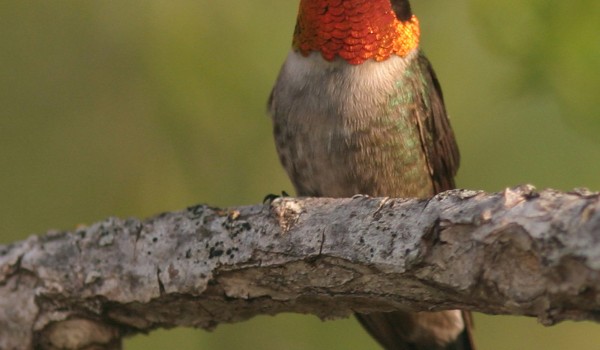
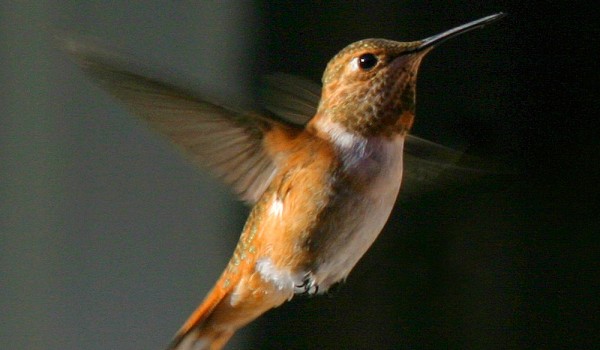
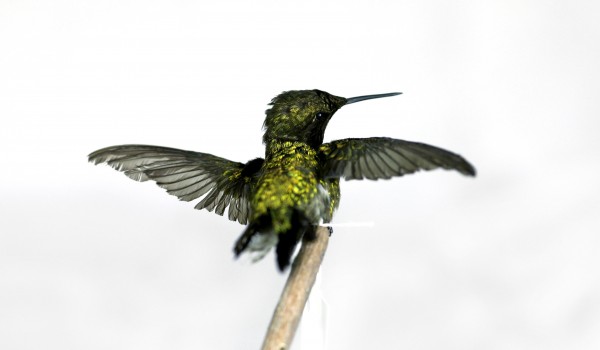
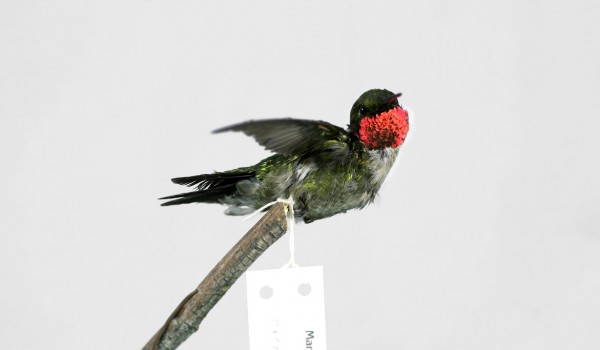
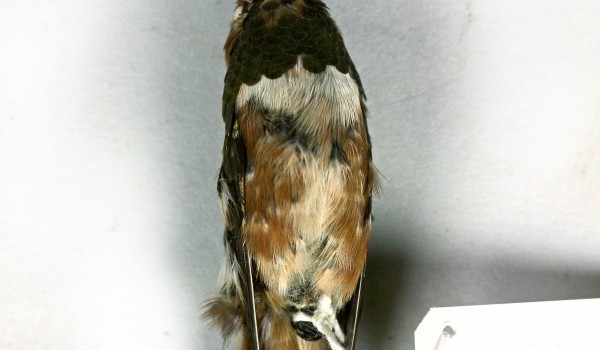
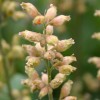 Alumroot
Alumroot 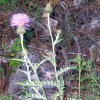 Flodman's Thistle
Flodman's Thistle 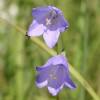 Harebell
Harebell 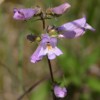 Lilac-flowered Beardtongue
Lilac-flowered Beardtongue 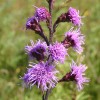 Meadow Blazingstar
Meadow Blazingstar 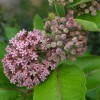 Showy Milkweed
Showy Milkweed 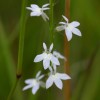 Spiked Lobelia
Spiked Lobelia 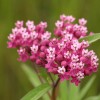 Swamp Milkweed
Swamp Milkweed 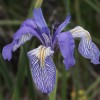 Western Blue Flag
Western Blue Flag 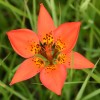 Western Red Lily
Western Red Lily 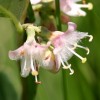 Western Snowberry
Western Snowberry 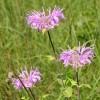 Wild Bergamot
Wild Bergamot 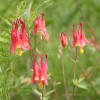 Wild Columbine
Wild Columbine